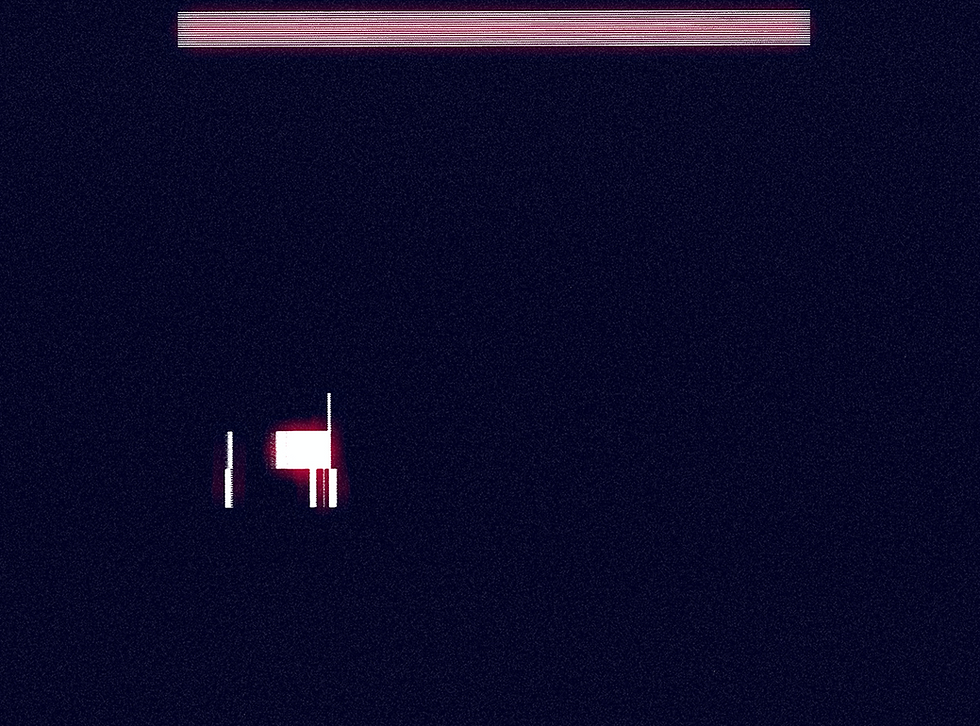Rowan Lear
- Posthuman Art Network

- Apr 3, 2022
- 2 min read
Rowan Lear (they/she) is an artist, writer and researcher, currently based in Glasgow, Scotland. Working across photography, writing, sculpture, moving image and installation, Rowan has exhibited, participated in artist residencies and presented their research throughout Europe and North America. In 2018-19, Rowan organised Planetary Processing, a peer-led forum for artists concerned with ecology, geology and the bodily at The Photographers' Gallery, London. In 2021, Rowan was awarded a PhD for a project studying the embodiment of the photographer, combining archival research and media archaeology with posthumanist and new materialist philosophy.
Website:
Project Statement
“A crystal is endowed with an infinite power of growth; its growth may be stopped, but never finished.” – Gilbert Simondon
Working as a collaborative duo, Rowan and Anastasia A Khodyreva (A) attend to a world inflamed, acidifying, warming and melting. Considering crystalline becoming as a more fitting model for worldmaking than the binary pair of matter and form, the project seeks to address not the formation of things, but their dissolution.
We understand crystallisation and dissolution, not as metaphors but as concrete “political matterings” (Neimanis 2013), real processes which are already underway in the atmospheres around us and within our bodies. The calcium carbonate shells of creatures off the coast of Finland and Scotland decompose in acidifying water, just as glaciers evanesce out of the valleys they carved.
As artists, academics and humans, we recognize that we are not separate but utterly implicated in the things we study. Our bodies are permeated by and ethically entangled with the occurrence of acidity, toxins and radioactivity. We too, must “dwell in the dissolve” (Alaimo 2016).
If shimmering, dissolving and melting is the world’s present mode of existence, we seek the potential of deliquescence, becoming liquid. We will be alive to the “powerful fantasies of transformation, whether destructive or reformative” (Leslie 2016), which cling to crystalline bodies.
Delving into the abandoned mineral mines of South West Scotland, Rowan will examine with touch, sound and partial vision the glittering and crystalline residue of nineteenth century extraction. Rowan will absorb these material seepages in conversation with Michel Serres’ proposal that philosophy might dwell in the darkness of a cave – where “thinking is much less like the day than like the night, where every star shines like a diamond, where every galaxy flows like a river of pearls, where every planet, like a mirror, reflects the light it receives” (Serres in Braidotti, 2017).


Comments